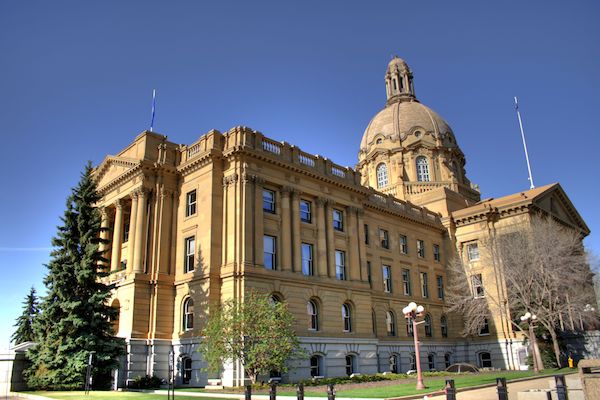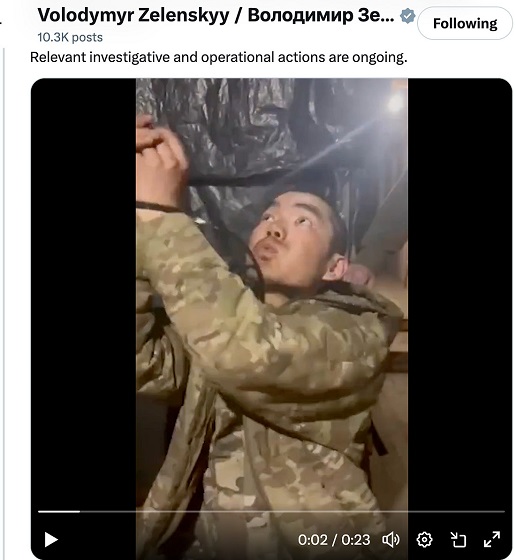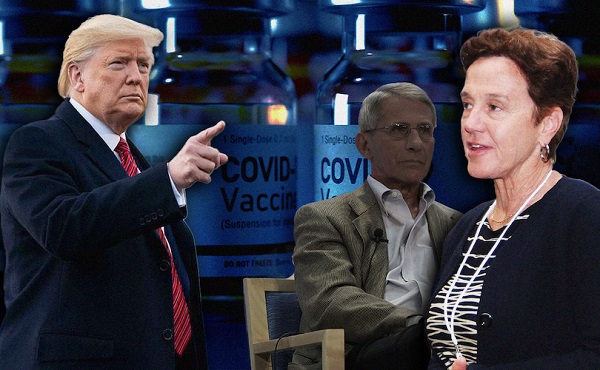Alberta
Protecting vulnerable Albertans this winter

Alberta’s government is investing an additional $21.5 million for Albertans experiencing homelessness and family violence.
The pandemic continues to have a large impact on vulnerable people, and this funding will ensure access to services like 24-7 emergency shelter and support for victims of domestic violence while keeping clients safe.
The government announced this additional support at the Hope Mission at the Herb Jamieson Centre. Alberta’s government fulfilled a platform commitment with $4 million for the centre’s recent construction. This announcement furthers those efforts to support vulnerable people in Alberta.
Alberta’s government is also providing $1.5 million to activate up to 200 additional shelter beds at Commonwealth Stadium and will support on-site overdose prevention and treatment services.
“As we continue to navigate through COVID, one of our top priorities is to make sure all Albertans have a safe place to stay and access to the support they need. Together with the $78 million previously announced by Alberta’s government, this additional funding will help organizations on the front lines deliver the services vulnerable Albertans need.”
“Our community partners are critical to making sure people experiencing homelessness and domestic violence have safe places to stay and where they can still access the supports they need. This funding will go a long way to ensure shelters are providing Albertans with critical supports in a healthy environment.”
“A quick look outside the window, and you’ll see how important this announcement is to the houseless Edmontonians who were looking for a warm place to sleep during this winter. We have identified the shelter gap in recent meetings with the Premier and his ministers, and they have responded by providing emergency funding for the Spectrum shelter, three needed southside shelters and our enhanced capacity emergency shelter at Commonwealth Stadium. We welcome this support and look forward to building on this collaboration to find more permanent and sustained solutions to end houselessness in Edmonton.”
“The Calgary Drop-In Centre has been on the front line of the COVID-19 pandemic, working with our community partners to decrease the spread within our city’s homeless population. We are grateful to our partners at the Government of Alberta for the additional funding, which will support medical staff and overflow spaces to meet the increased demand at our main shelter.”
“This funding will allow us to maintain extra capacity during the critical winter season. With the unpredictability of COVID-19, we will be able to keep people safe and socially distanced. Thank you to the provincial government for equipping us with extra capacity to serve everyone who needs safe, warm shelter during the cold of Alberta’s winter.”
The $21.5-million funding package will be distributed as follows:
- $13 million for emergency homeless shelters
- $6.5 million for isolation facilities
- $2 million for emergency women’s shelters
Emergency homeless shelters
Funding will support 14 expanded homeless shelter facilities to meet physical distancing requirements. Funding will also support, where possible, 24-7 access to regular meal service, showers, laundry services and connection to addictions and mental health services and housing.
Isolation facilities
Funding will support about 285 isolation spaces in 10 communities. These facilities are a critical component of the shelter pandemic response, and help alleviate pressure in the public health system by helping shelter clients who contract COVID-19 isolate and receive medical care if hospitalization is not required. Additional capacity may be added in some rural communities as needed.
Emergency women’s shelters
This funding will support service delivery adjustments at emergency women’s shelters. Due to the pandemic, there has been an increase in domestic violence across Alberta. This funding will help shelter operators offer more support through community outreach and virtual service delivery as well as hotel isolation, and adjust in-shelter services to align with public health orders.
Quick facts
- This funding guarantees these supports will be in place until March 2022.
- This funding is in addition to $78 million announced in 2020.
- Funding will support emergency homeless shelters in Edmonton, Calgary, Red Deer, Grande Prairie, Medicine Hat, Lethbridge, Lloydminster, Drayton Valley, Leduc, Slave Lake and Wetaskiwin.
- The 10 isolation sites are located in Calgary, Edmonton, Fort McMurray, Grande Prairie, Lethbridge, Medicine Hat, Red Deer, Wetaskiwin, Peace River and Lac La Biche.
- With the additional capacity at Commonwealth Stadium, up to 1,280 emergency shelter beds will be available in Edmonton this winter.
- The shelter is anticipated to be operational in early December once an operator has been selected.
Alberta
Alberta takes big step towards shorter wait times and higher quality health care

From the Fraser Institute
On Monday, the Smith government announced that beginning next year it will change the way it funds surgeries in Alberta. This is a big step towards unlocking the ability of Alberta’s health-care system to provide more, better and faster services for the same or possibly fewer dollars.
To understand the significance of this change, you must understand the consequences of the current (and outdated) approach.
Currently, the Alberta government pays a lump sum of money to hospitals each year. Consequently, hospitals perceive patients as a drain on their budgets. From the hospital’s perspective, there’s little financial incentive to serve more patients, operate more efficiently and provide superior quality services.
Consider what would happen if your local grocery store received a giant bag of money each year to feed people. The number of items would quickly decline to whatever was most convenient for the store to provide. (Have a favourite cereal? Too bad.) Store hours would become less convenient for customers, alongside a general decline in overall service. This type of grocery store, like an Alberta hospital, is actually financially better off (that is, it saves money) if you go elsewhere.
The Smith government plans to flip this entire system on its head, to the benefit of patients and taxpayers. Instead of handing out bags of money each year to providers, the new system—known as “activity-based funding”—will pay health-care providers for each patient they treat, based on the patient’s particular condition and important factors that may add complexity or cost to their care.
This turns patients from a drain on budgets into a source of additional revenue. The result, as has been demonstrated in other universal health-care systems worldwide, is more services delivered using existing health-care infrastructure, lower wait times, improved quality of care, improved access to medical technologies, and less waste.
In other words, Albertans will receive far better value from their health-care system, which is currently among the most expensive in the world. And relief can’t come soon enough—for example, last year in Alberta the median wait time for orthopedic surgeries including hip and knee replacements was 66.8 weeks.
The naysayers argue this approach will undermine the province’s universal system and hurt patients. But by allowing a spectrum of providers to compete for the delivery of quality care, Alberta will follow the lead of other more successful universal health-care systems in countries such as Australia, Germany, the Netherlands and Switzerland and create greater accountability for hospitals and other health-care providers. Taxpayers will get a much better picture of what they’re paying for and how much they pay.
Again, Alberta is not exploring an untested policy. Almost every other developed country with universal health care uses some form of “activity-based funding” for hospital and surgical care. And remember, we already spend more on health care than our counterparts in nearly all of these countries yet endure longer wait times and poorer access to services generally, in part because of how we pay for surgical care.
While the devil is always in the details, and while it’s still possible for the Alberta government to get this wrong, Monday’s announcement is a big step in the right direction. A funding model that puts patients first will get Albertans more of the high-quality health care they already pay for in a timelier fashion. And provide to other provinces an example of bold health-care reform.
Alberta
Alberta’s embrace of activity-based funding is great news for patients

 From the Montreal Economic Institute
From the Montreal Economic Institute
Alberta’s move to fund acute care services through activity-based funding follows best practices internationally, points out an MEI researcher following an announcement made by Premier Danielle Smith earlier today.
“For too long, the way hospitals were funded in Alberta incentivized treating fewer patients, contributing to our long wait times,” explains Krystle Wittevrongel, director of research at the MEI. “International experience has shown that, with the proper funding models in place, health systems become more efficient to the benefit of patients.”
Currently, Alberta’s hospitals are financed under a system called “global budgeting.” This involves allocating a pre-set amount of funding to pay for a specific number of services based on previous years’ budgets.
Under the government’s newly proposed funding system, hospitals receive a fixed payment for each treatment delivered.
An Economic Note published by the MEI last year showed that Quebec’s gradual adoption of activity-based funding led to higher productivity and lower costs in the province’s health system.
Notably, the province observed that the per-procedure cost of MRIs fell by four per cent as the number of procedures performed increased by 22 per cent.
In the radiology and oncology sector, it observed productivity increases of 26 per cent while procedure costs decreased by seven per cent.
“Being able to perform more surgeries, at lower costs, and within shorter timelines is exactly what Alberta’s patients need, and Premier Smith understands that,” continued Mrs. Wittevrongel. “Today’s announcement is a good first step, and we look forward to seeing a successful roll-out once appropriate funding levels per procedure are set.”
The governments expects to roll-out this new funding model for select procedures starting in 2026.
* * *
The MEI is an independent public policy think tank with offices in Montreal, Ottawa, and Calgary. Through its publications, media appearances, and advisory services to policymakers, the MEI stimulates public policy debate and reforms based on sound economics and entrepreneurship.
-

 conflict2 days ago
conflict2 days agoZelensky Alleges Chinese Nationals Fighting for Russia, Calls for Global Response
-

 2025 Federal Election2 days ago
2025 Federal Election2 days agoAn In-Depth Campaign Trail “Interview” With Pierre Poilievre
-

 2025 Federal Election2 days ago
2025 Federal Election2 days agoHarper Endorses Poilievre at Historic Edmonton Rally: “This Crisis Was Made in Canada”
-

 John Stossel1 day ago
John Stossel1 day agoGovernment Gambling Hypocrisy: Bad Odds and No Competition
-

 2025 Federal Election2 days ago
2025 Federal Election2 days agoMark Carney’s radical left-wing, globalist record proves he is Justin Trudeau 2.0
-

 2025 Federal Election16 hours ago
2025 Federal Election16 hours agoFifty Shades of Mark Carney
-

 Alberta1 day ago
Alberta1 day agoAlberta’s embrace of activity-based funding is great news for patients
-

 2025 Federal Election2 days ago
2025 Federal Election2 days agoWATCH: Massive Crowd for Historic Edmonton Poilievre Rally










